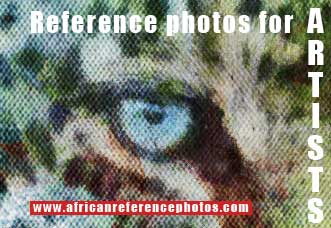Contact Details: Scotch Macaskill, Dirt Road Traders, Currys Post Road, Howick, KwaZulu-Natal, South Africa. Tel: +27 (0)82 578 2329. Privacy: Your privacy is guaranteed. See our Privacy Policy for more. This site accepts advertising and other forms of compensation - see Disclosure and Advertising for details. Site updated: 2022. Copyright © 2002 - 2022 Scotch Macaskill

| ||||||||||||||||||||||||||||||
| ||||||||||||||||||||||||||||||
| ALL GALLERIES: |
Crocodile PicturesOur crocodiles gallery features images of the Nile crocodile (Crocodylus niloticus), one of three crocodile species found in Africa. The others are the Slender-snouted (or Long-snouted) crocodile (Crocodylus cataphractus) and the Dwarf crocodile (Osteolaemus tetraspis). The Nile crocodile is the largest of the three African species, although it is smaller than the Saltwater crocodile (Crocodylus porosus) found in Australia and south-east Asia. The male Nile crocodile measures from 11 to 15 ft long (3.5 to 5 m), although old ones can grow to 18 ft (5.5 m) but this is very rare.
Permitted Uses: See Terms of Use. | |||||||||||||||||||||||||||||
|
|
||||||||||||||||||||||||||||||



















Comments
Have your say or ask any questions in the comment box below.